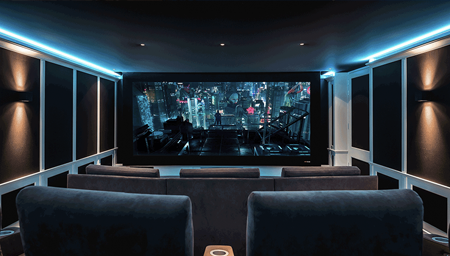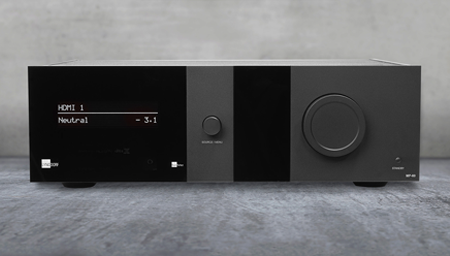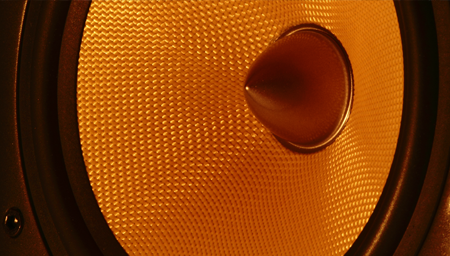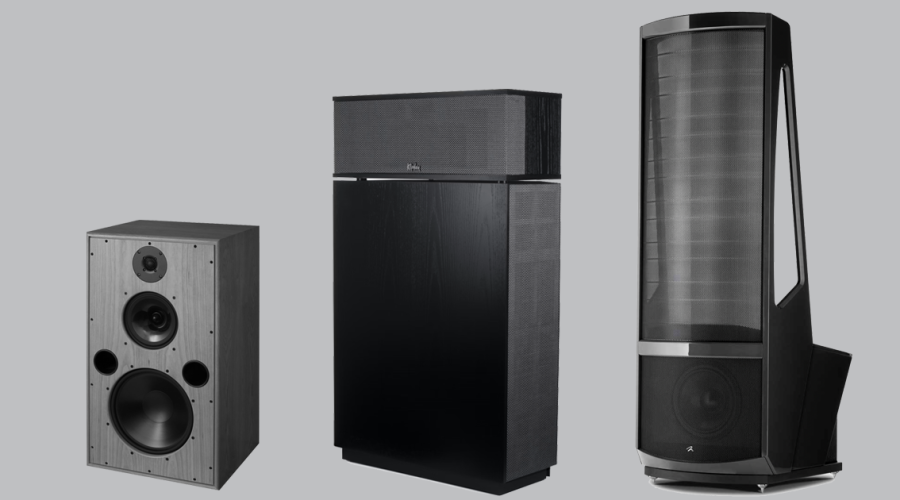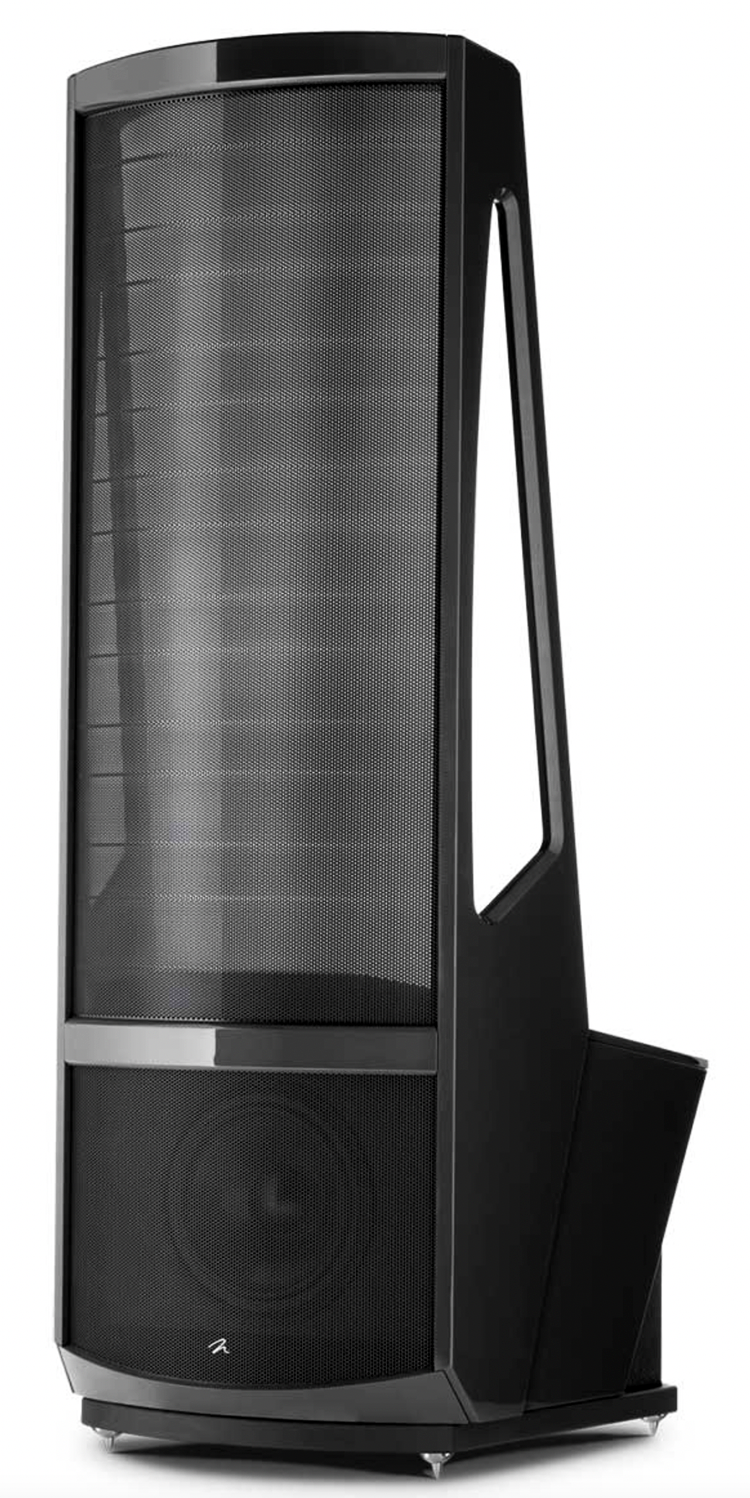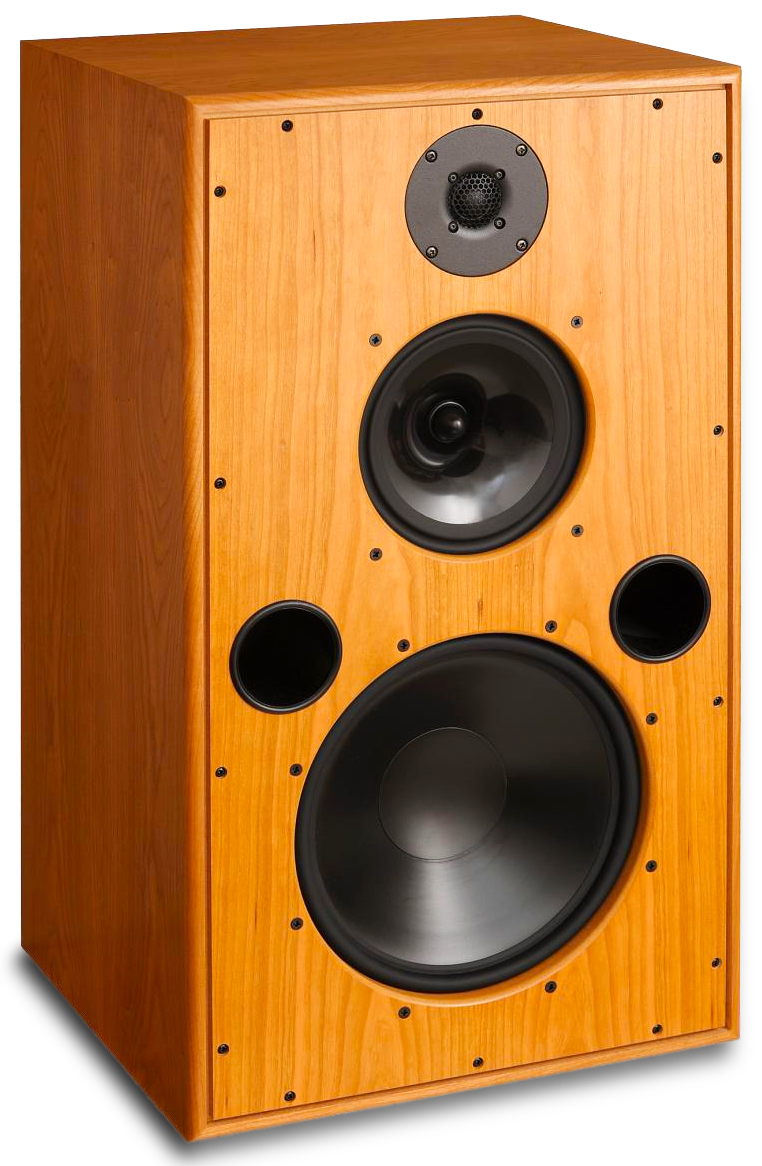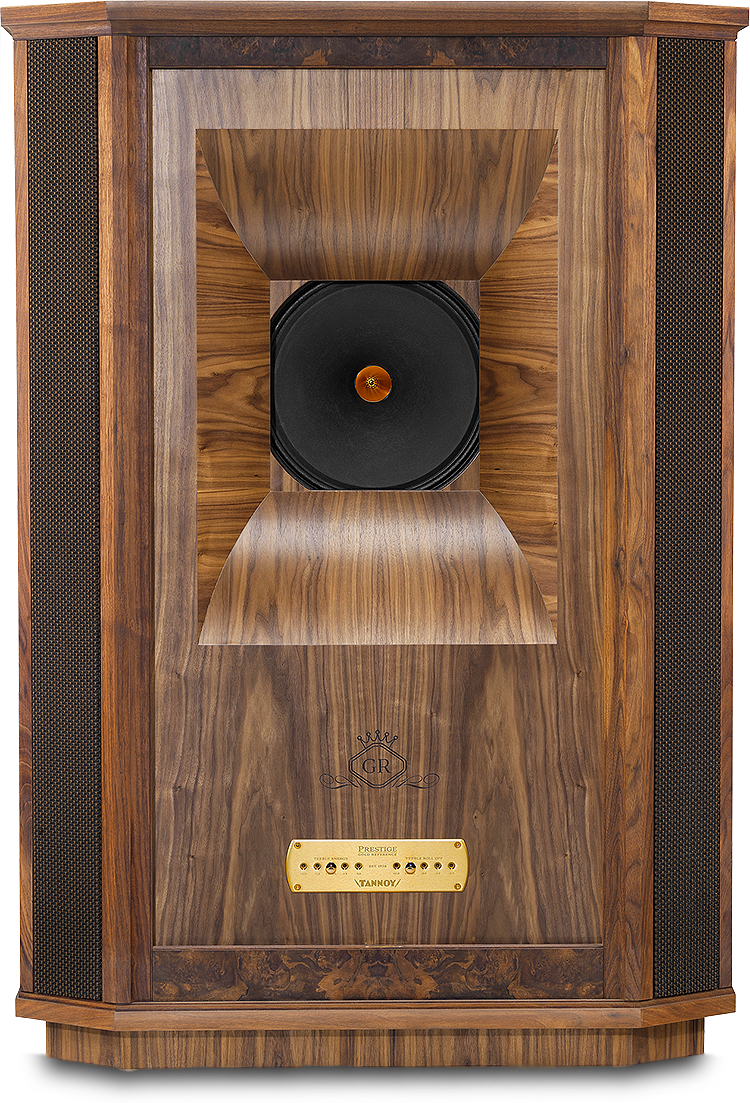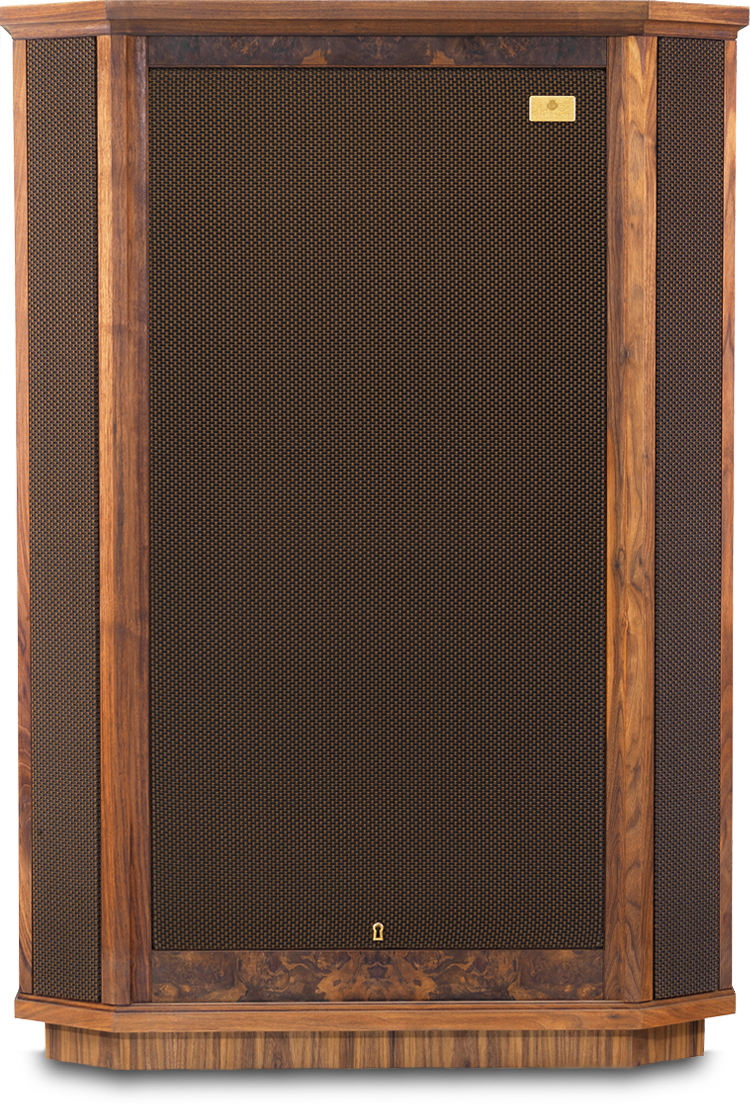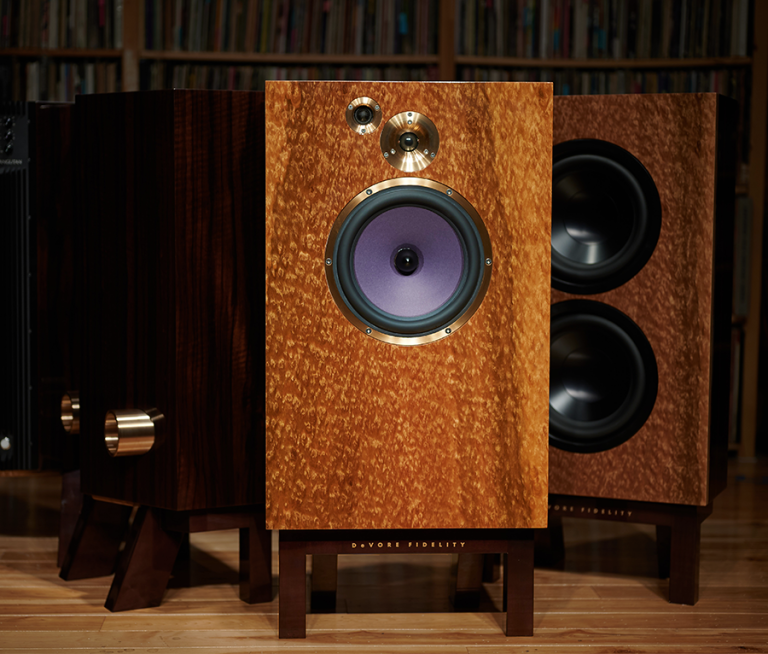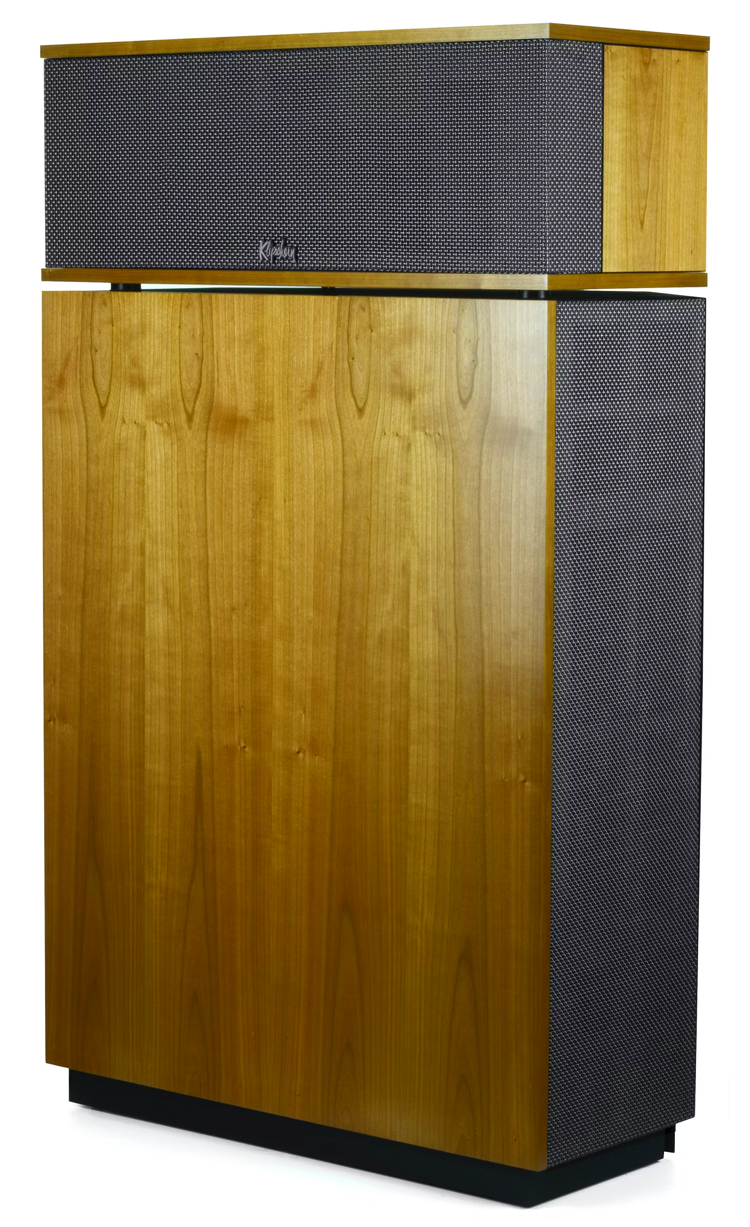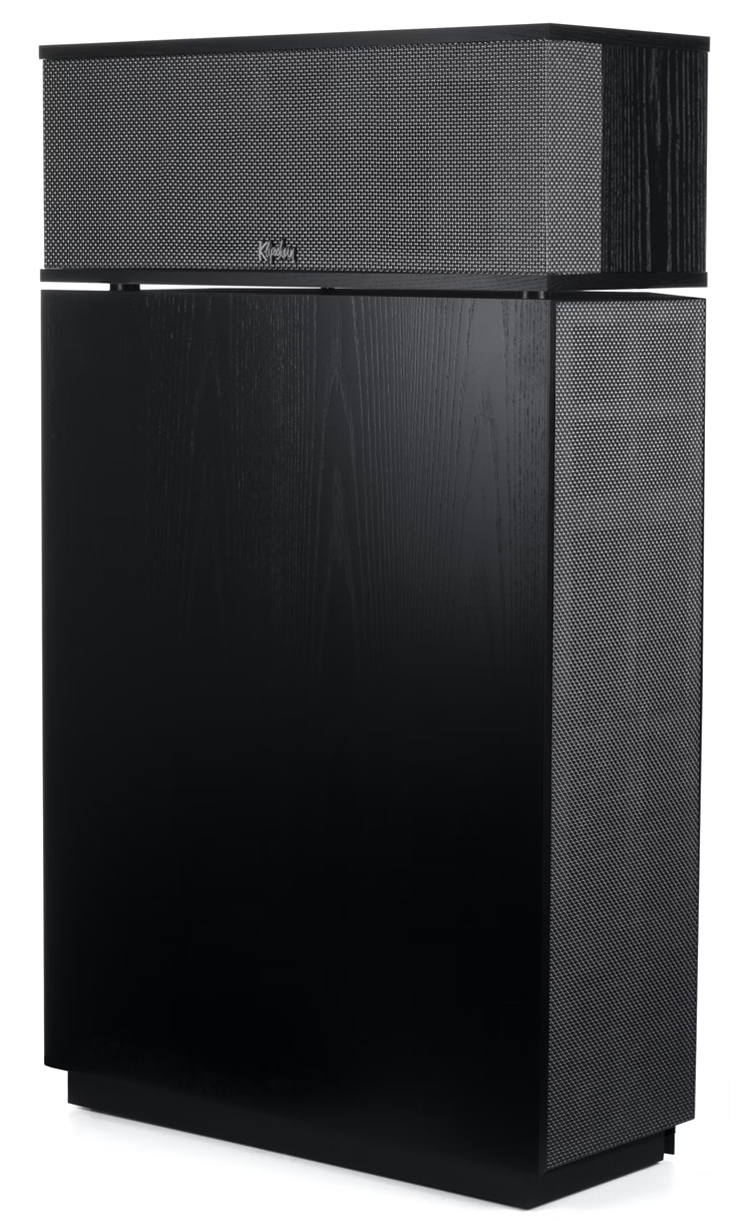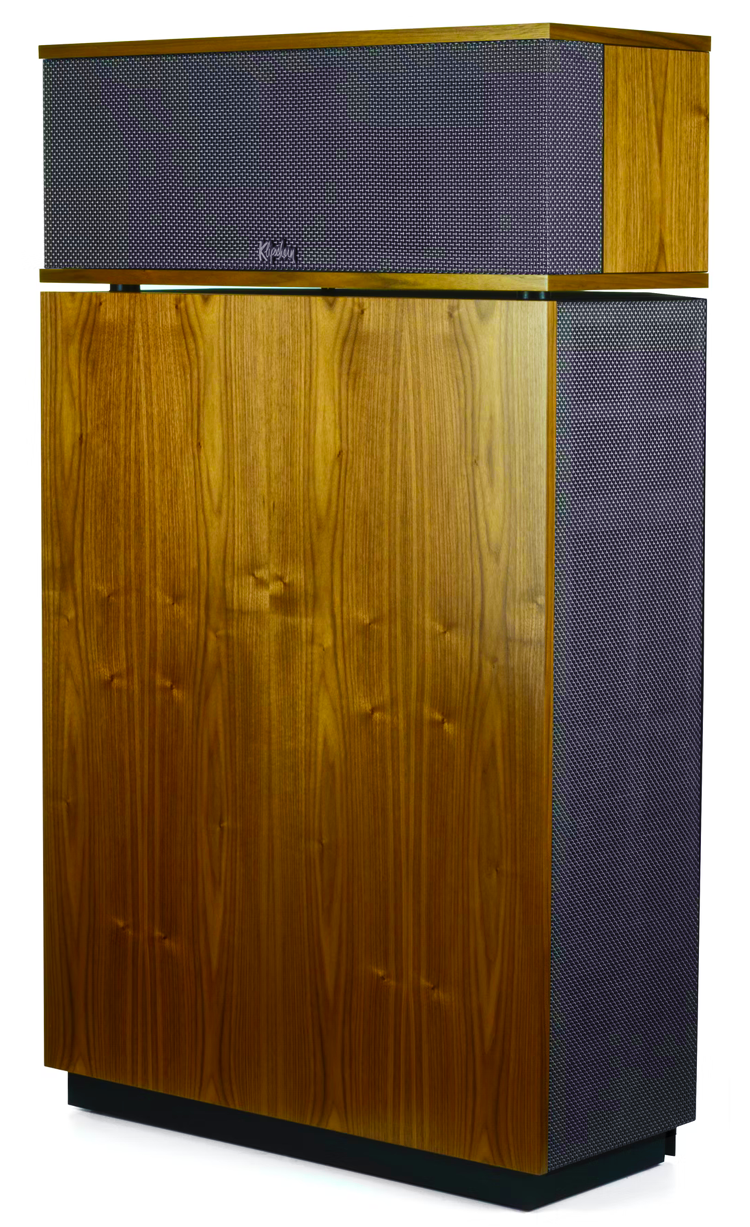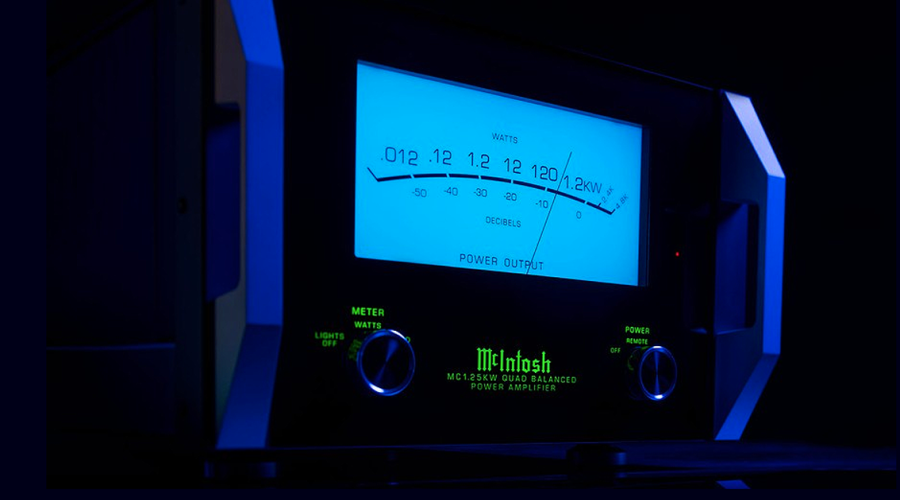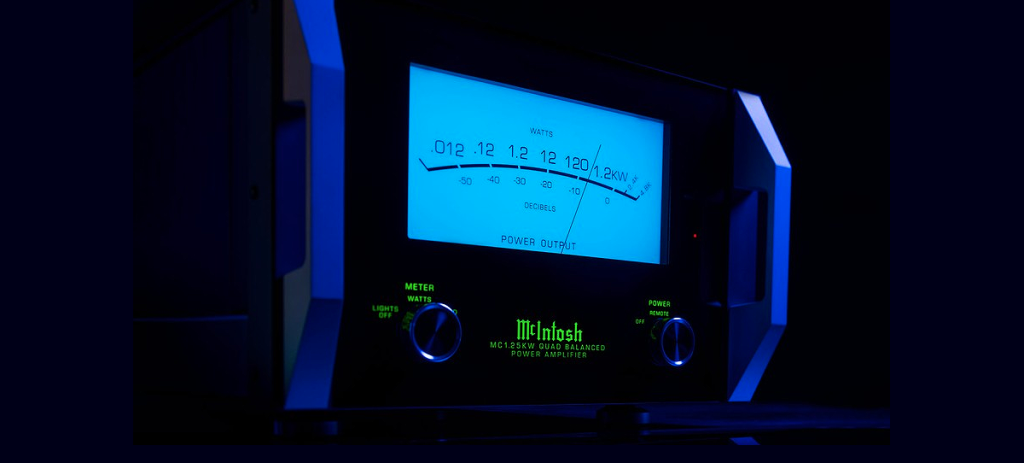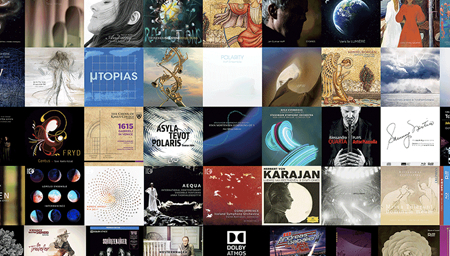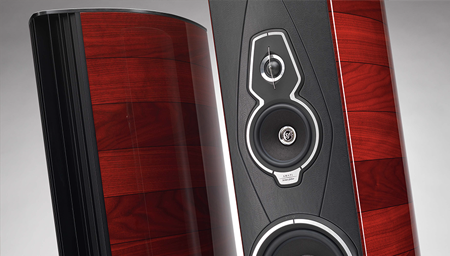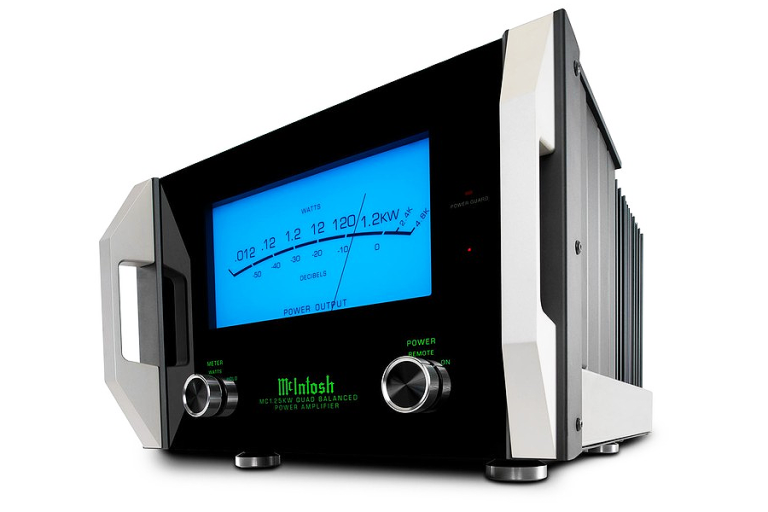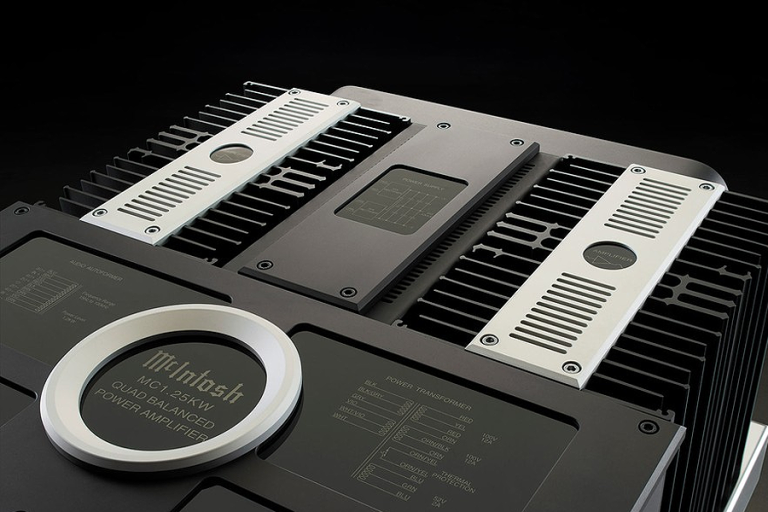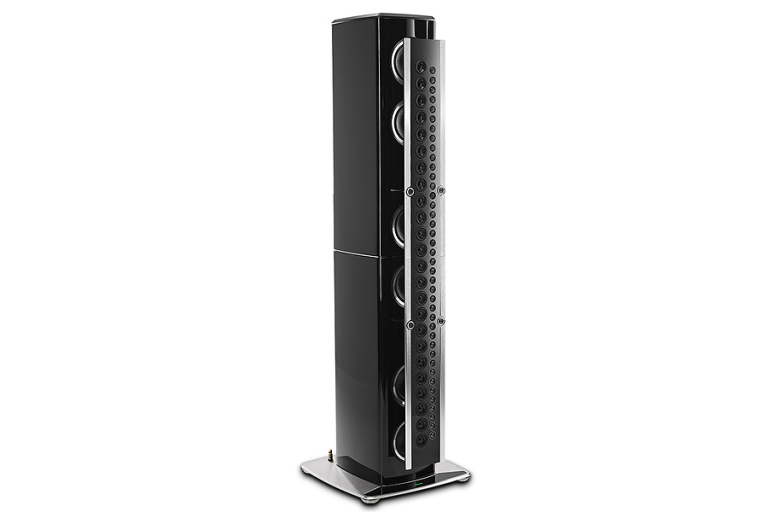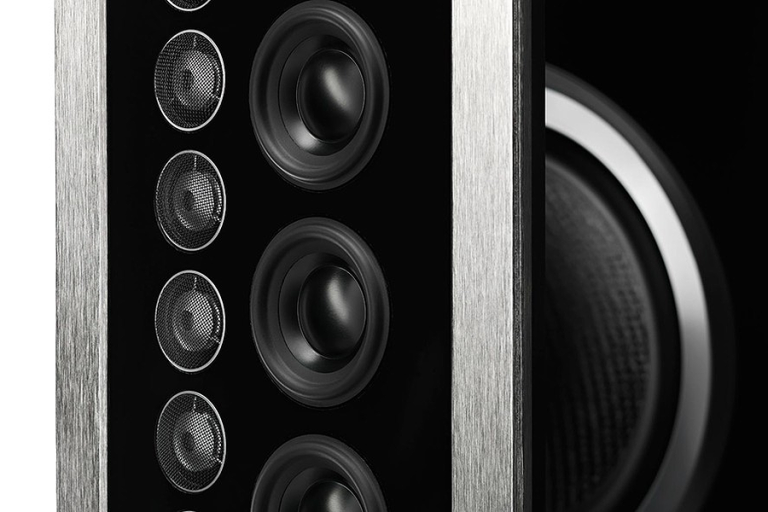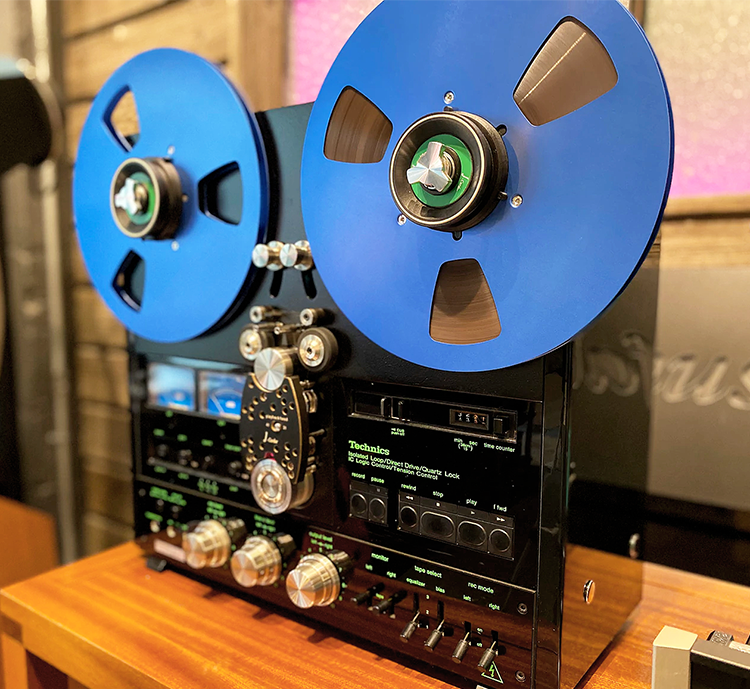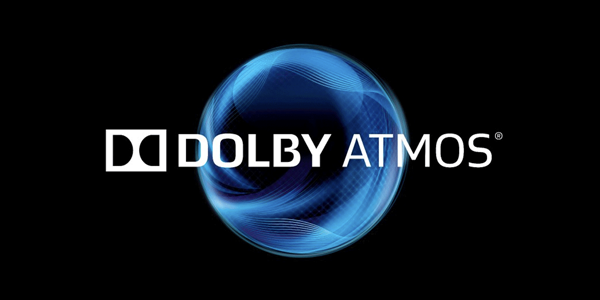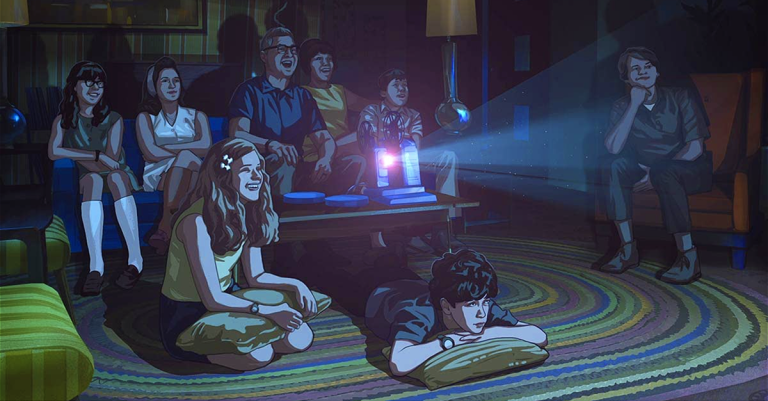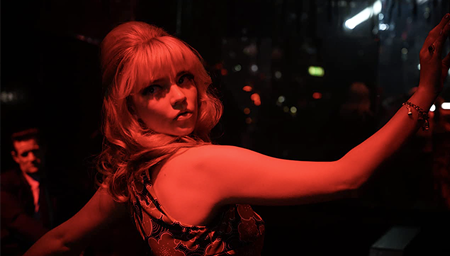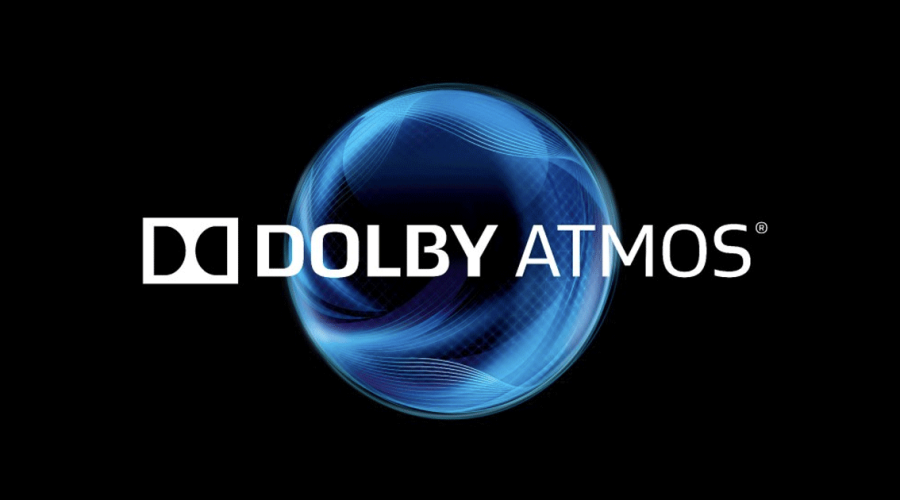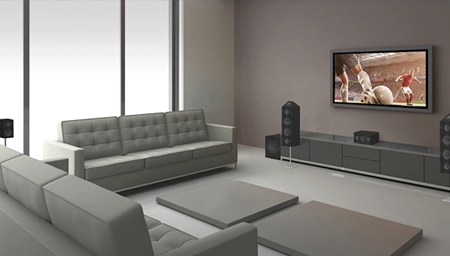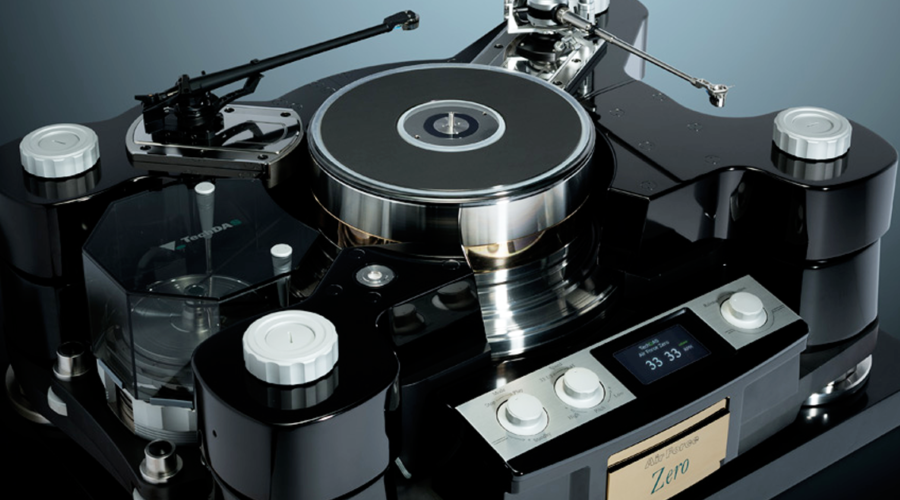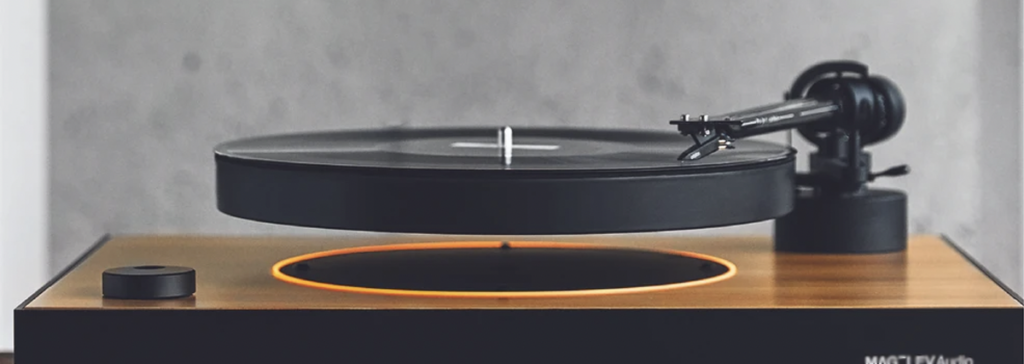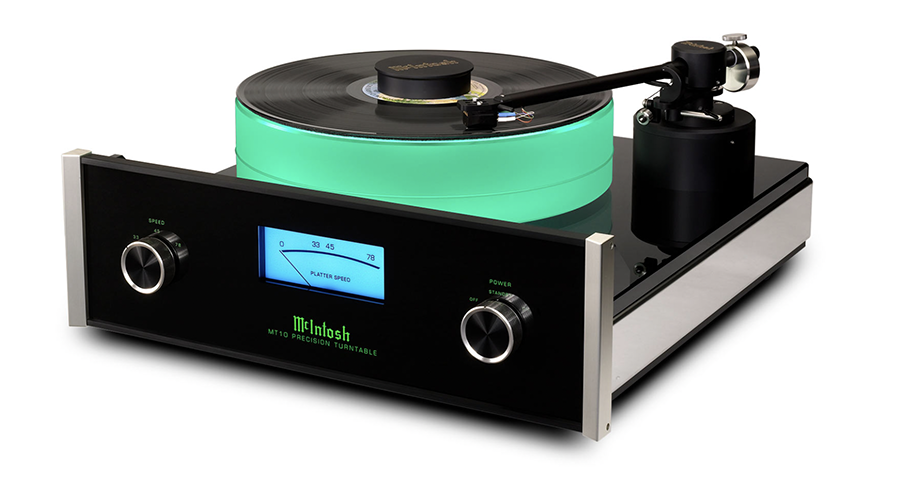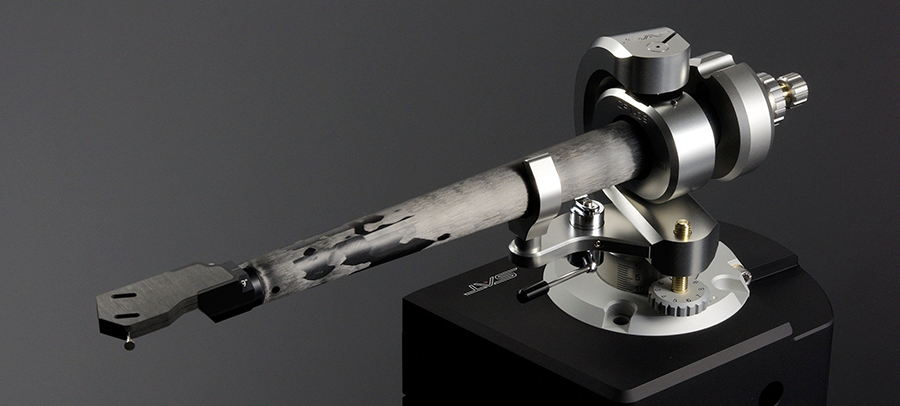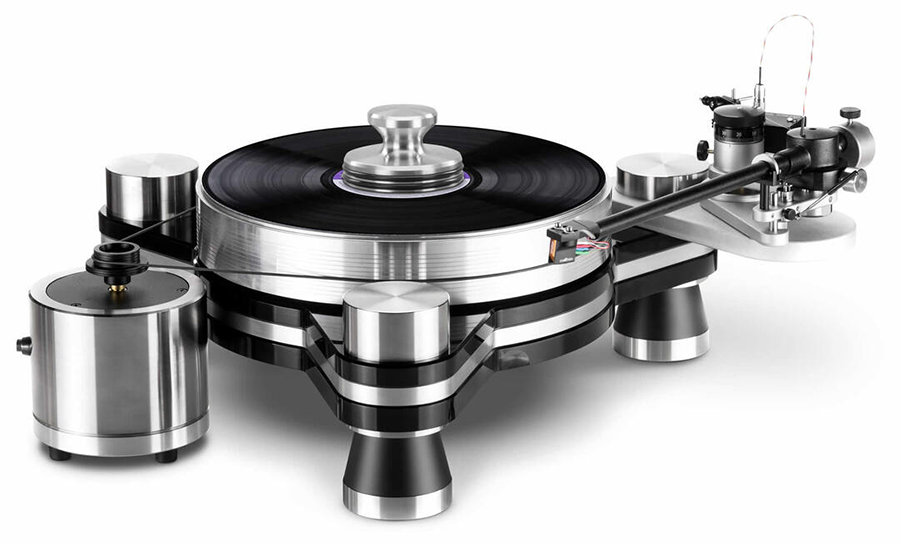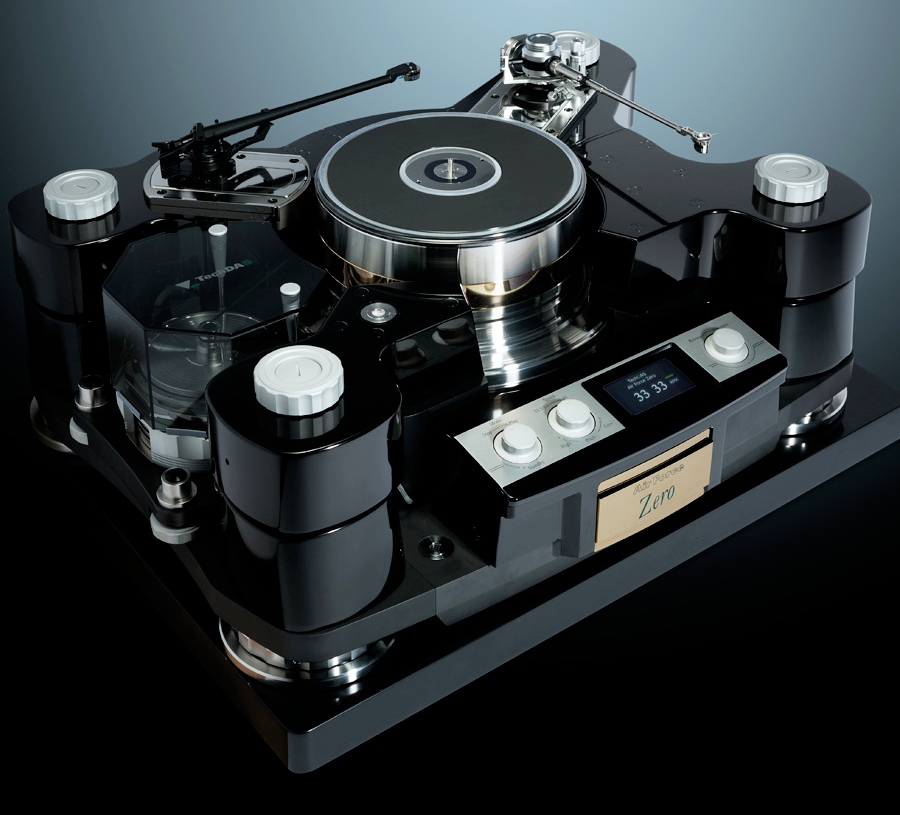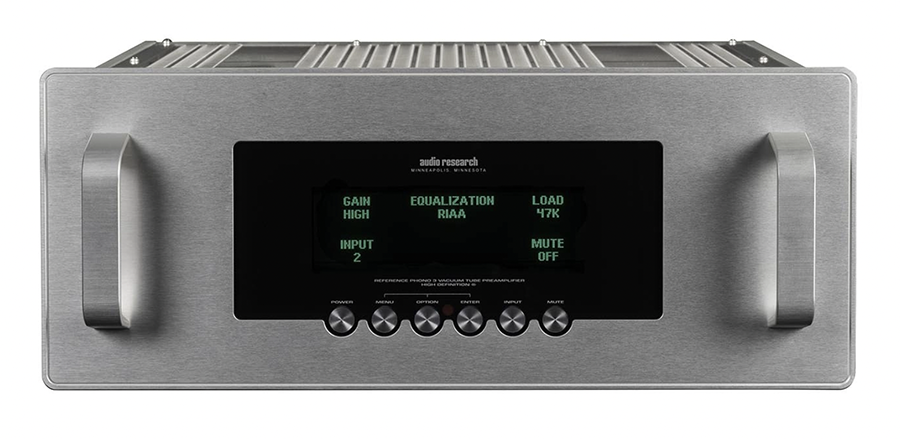Five Questions for Trinnov’s Jon Herron
related articles
Sign up for our monthly newsletter to stay up to date on Cineluxe
[NEW DECK TK] A casual encounter with an early Waits album leads to a radical reevaluation of the arc of his career
May 10, 2022
What was the thing that first got you interested in luxury home entertainment?
I was born with genuinely terrible eyesight. Perhaps because of that, I developed quite sensitive hearing. Also, my two passions from childhood have been music and technology. At the tender age of 13, I had an epiphany: I realized that there were people who stood around talking about both music and technology all day long, speaking with other people who had at least somewhat similar interests. They sold stereo equipment. I have been involved in this business, one way or the other, ever since.
There’s a lot happening in the premium entertainment space right now. What trends intrigue you the most?
I am blown away by the explosion in truly excellent content that has happened over the last few years. People know all about Netflix, AppleTV+, Amazon Prime, and Disney+, to name but a few. Everyone I know binges TV now in preference to watching it episodically.
But, when a home theater or media room is designed well, it can also be among the best places for enjoying music. Dolby Atmos for Music has made significant inroads. Do a search in the Apple Music Store and listen on your home theater system using an AppleTV. Or just try one of the “upmixers” in your AV preamp when listening to a favorite CD. I use the Auro-3D upmixer all the time for listening to my several terabytes of stereo music recordings and I would not want to go back.
Thankfully, it looks like the pandemic is becoming more manageable. People are slowly getting back to something like what we used to think was normal. But I think many people will be staying home a bit more than they had done in the past, thanks to the experience of the past two years. I can think of few additions to my home that would be more desirable—and more used—than a quiet refuge to which I can escape for a while.
Even a dedicated home theater can be so much more than just a place to watch movies. Having ready access to a truly quiet, attractive space with well-designed lighting is a wonderful luxury for reading a good book, listening to your favorite music, or watching a movie with your friends and family.
What have been some of your most powerful home entertainment experiences?
Two specific theaters come to mind: Rob Hahn’s AVS Forum Theater of the Decade, which was designed by Keith Yates Design and implemented by Geoff Franklin and his team at The Projection Room, and the demo theater at Insane AV in Houston, TX. Both are characterized by an extremely low noise floor that allows even the smallest details in a recording to come through with breathtaking clarity, excellent passive acoustic design, and a completely seamless presentation of the three-dimensional sound field. Both also feature truly subterranean bass.
What products best define your company and why?
The Altitude platform is the most comprehensive expression of what we do. These powerful, software-based surround preamplifiers quite simply do things that no other surround preamps can do. For example, the Altitude 32 has been able to decode and render all of the 34.1 channels of Dolby Atmos for the home since 2014. Even today, the Altitude models remain the only surround preamps that can do so.
All of our processors also include our proprietary Speaker/Room Optimizer, which is widely regarded as the state-of-the-art room correction technology. Our patented Remapping technology also can correct for the inevitable compromises in speaker placement brought about by real-world issues like doors and windows being where you might have wanted to place a speaker, as well as the conflicting speaker placement recommendations from Auro, Dolby, and DTS.
What other brands’ products intrigue or excite you in the luxury entertainment space?
High-quality infrasonic bass delivers a level of realism you cannot appreciate until you have experienced it. I’m talking about frequencies well below 10 Hz that you do not hear so much as you feel. For example, check out aia-cinema.com. Ascendo (from Germany) makes several subwoofers that are designed to reproduce frequencies below 20 Hz.) They provide “liver shiver” that is consistent with the bass you’re hearing. The fact that what you feel and what you hear are harmonically related to one another makes sense to your brain and delivers a huge increase in realism for both music and movie soundtracks. It’s an entirely different experience than you get with even the best chair shakers. You just have to experience it for yourself.
Jon Herron was already doing physical editing (razor blades and editing tape) on reel-to-reel tape recorders when he was 13 years old and has been involved in the home entertainment business ever since. For most of the past 30 years or so, he has worked at Madrigal Audio Labs (makers of Mark Levinson and Proceed), Wisdom Audio, and now at Trinnov Audio, where he is General Manager. He feels fortunate to have worked alongside so many amazing people along the way.
© 2022 Cineluxe LLC



